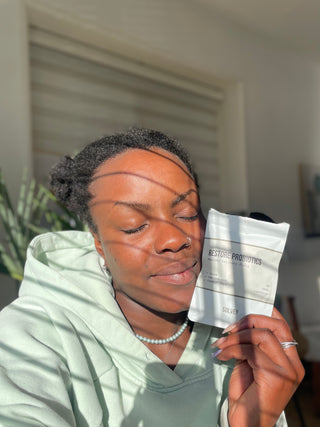Bacterial vaginosis (BV) is a common vaginal infection that occurs when there is an imbalance in the natural bacteria in the vagina. Normally, the vagina has a healthy mix of good bacteria, mainly lactobacilli, which help keep the vaginal pH slightly acidic and prevent harmful bacteria from growing. In BV, the amount of lactobacilli decreases and harmful bacteria, like Gardnerella vaginalis, can overgrow. This imbalance is not fully understood, but it can be triggered by things like unprotected sex, having new or multiple partners, douching, or even hormonal changes. BV is not a sexually transmitted infection, but sexual activity can influence the bacterial balance. It’s the most common vaginal infection in women of reproductive age. While it’s usually mild, untreated BV can increase the risk of STIs, complications in pregnancy, or pelvic infections.
Common Symptoms of Bacterial Vaginosis:
● Thin, watery discharge (usually white or gray in color)
● Strong fishy odor, especially after sex
● Mild itching or irritation (less common than with a yeast infection)
● Slight burning during urination (sometimes)
● Discharge may be more noticeable after sex or during your period
● Often, BV causes no symptoms at all































